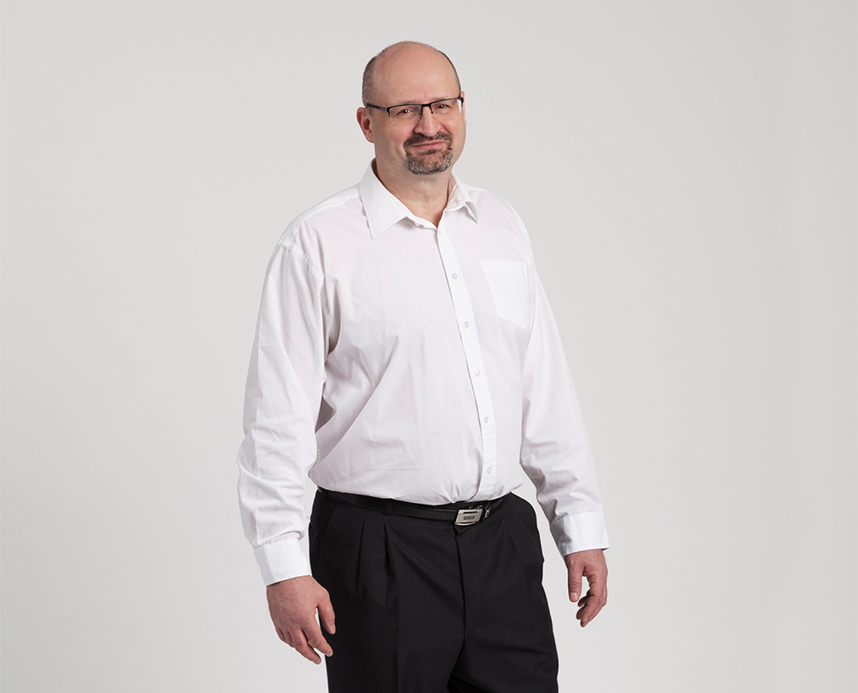Sleeve Gastrectomy – Gastric sleeve surgery
START TODAY!
Never too late to change your life. Be yourself again!
CHANGE YOUR LIFE!
Get rid of type 2 diabetes!
LONGER LIFE EXPECTANCY
If you take good care of your body and follow a healthy diet, you can spend more time with your loved ones.
HIGH LEVEL OF COMPETENCE
Professional solutions, emphatic professional approach.
Why gastric sleeve surgery?
Gastric sleeve is a so called weight loss surgery reducing the volume of the gastric, resulting in the reduced food intake of the body. During the surgery, we form a new gastric sleeve of 150-180 ml volume with the help of a medical sewing machine.
The procedure mostly lead to weight loss due to limited ingestion, but the mechanism of hormone action also takes part in the process. As the ghrelin hormone which is responsible for the feeling of hunger is produced in the removed part of the stomach.
Patients lose 60-80% of their extra weight and the recovery ratio of type 2 diabetes is 50-60%.
WHAT HAPPENS DURING GASTRIC SLEEVE SURGERY?
The main point of the surgery is that we form a “tube” out of the gastric (gastric sleeve). The diameter of this tube is approximately 2 cm, and has 150-180 ml of volume. 80% of the cut-off gastric part is removed by surgical intervention. This surgery is a bit less complicated than gastric bypass, thus the risk of complications is lower.
Another advantage of sleeve gastrectomy is that it reduces the production of ghrelin gut hormone which controls our appetite. After surgery, patients feel stated with less food intake. According to our patients this is one of the most important advantages of the surgery.
PREPARATION – THE PROCESS OF BYPASS SURGERY

PERSONAL CONSULTATION
It takes approximately 30-40 minutes. The medical specialist calculates the patient’s BMI, gives detailed information about the surgery and the further steps of the preparation.

NECESSARY TESTS
To measure the patient’s health status, the following examinations are necessary: lab test, ECG, ECHO cardiogram, abdominal ultrasound, chest x ray, gastroscopy, dietitian, psychological and anaesthesia consultation.

BEFORE SURGERY
2-4 weeks before surgery, the patient must follow a diet that shrinks the liver in size. That will prepare the body for surgery.

THE DAY BEFORE SURGERY
The day before surgery the patient will get an anticoagulant injection to avoid surgical risks. The patient can get the injection at home or in clinical environment.
WHAT DISEASES AND PLOBLEMS CAN BE AVOIDED?
Type two diabetes
As obesity if a number one risk factor for developing type two diabetes, the surgery has a good impact on people with diabetes. According to a newly published study, for 82% of the patients who underwent surgery, type two diabetes regressed within two years. The disease didn’t return for 62% of these people in the following two years.
Low fertility
Bár a legtöbb elhízott nő nem meddő, a reprodukciós orvoslással foglalkozó amerikai szakmai szövetség szerint a beavatkozást követően sok esetben jelentősen javul a petefészek-funkció és a terhességek száma.
Shorter life expectancy
According to American and Dutch researchers, obesity can reduce life expectancy with even 20 years. Based on another research, the surgery can reduce death rates among obese people.
Joint pains
The surgery can moderate joint pains that come from the high levels of loading. A research stated that areas affected by joint pains have been halved for patients in the first 6-12 months after the surgery . Besides, an Austrian research appointed that weight reduction surgery offers a solution for chronic inflammatory disorder, rheumatoid arthritis.
High blood pressure
A study states that 61,7% of the people who went under the surgery got their blood pressure normalized, and for 78,5% it significantly decreased.
Cardiovascular diseases
Among pathologically obese people, coronary heart disease (CHD) and coronary artery disease (CAD) are quite common diseases. They can lead to chest pain (angina pectoris) and even heart attack (myocardial infarction).

WHO WILL HELP ME?
Dr. Zolt Baranyai Zsolt helps pathologically obese people to gain back their self-confidence and healthy body shape to live their life to the fullest again.
He has great practice and tens of thousands of hours spent in the operating room behind his back. He uses his expertise in bariatric surgery for the sake of his patients.
He is an active organizing member and speaker of several world class medical congresses and professional trainings. With almost 50 medical publications, he is one of the leading figures of surgical interventions in Hungary.
He is also an external member of the Hungarian Academy of Sciences and the chairman of the Hungarian Patient Safety Society.




